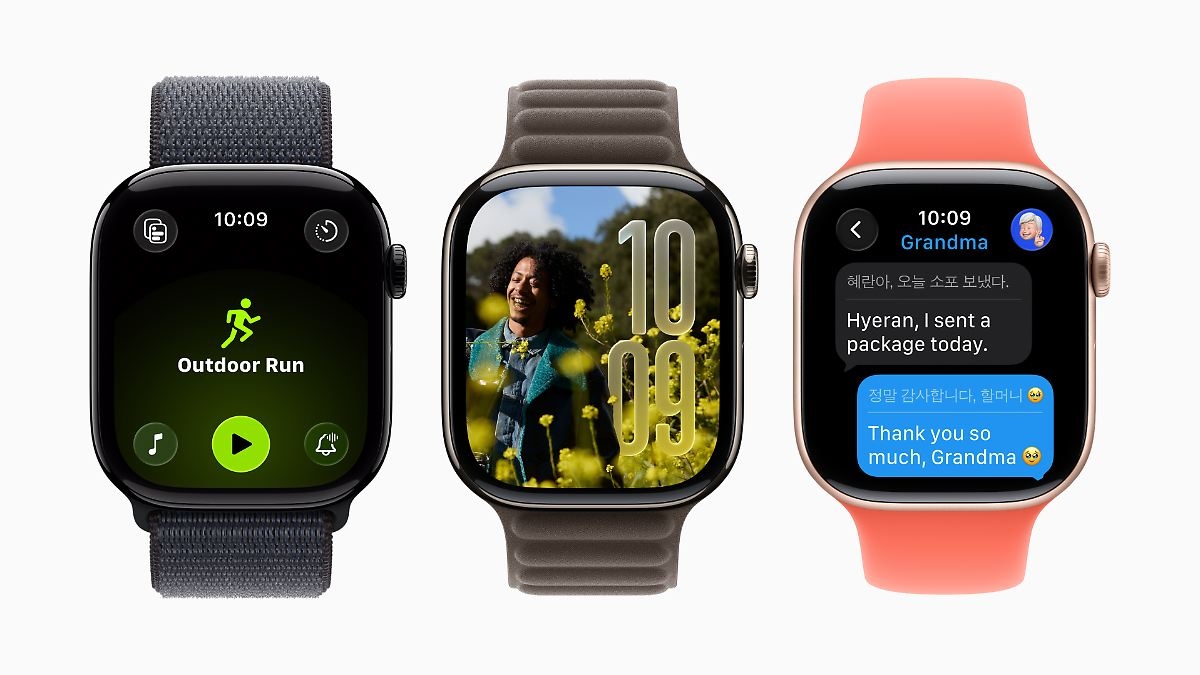Response to EU demand: Apple disables Watch function

In December, Apple will disable Wi-Fi synchronization between Apple Watch and iPhone.
(Photo: Apple)
With the update to iOS 26.2, Apple will disable Wi-Fi synchronization between iPhones and Apple Watches in the EU. The US company justifies this move by stating that it cannot otherwise comply with a requirement of the Digital Markets Act (GDM) without guaranteeing user security.
Shortly after Apple announced it would introduce live translation for AirPods in the EU in December, it was revealed that the company would simultaneously disable Wi-Fi synchronization between iPhones and Apple Watches. After careful consideration, the US company told the French magazine " Numerama " that this was the only way to comply with a requirement of the EU's Digital Markets (DDM) law without compromising user security.
The GDM obligates large internet companies ("gatekeepers") like Apple to enable fair competition and not abuse their market power. This includes, among other things, opening their platforms to other providers, handling data fairly, and giving users freedom of choice.
Apple wants to protect users from targeted advertising.Specifically, this case concerns Apple's desire to enable a connection similar to that between iPhones and Apple Watches with third-party devices. Apple fears that competitors like Meta could then use the Wi-Fi connection between an iPhone and Meta-Ray-Ban glasses to access users' Wi-Fi history. With this information, Meta could determine location and time in order to display targeted advertising.
Since the GDM does not require implementation of the function, but merely equal treatment of third-party devices, Apple complies with the law by disabling Wi-Fi synchronization for the Apple Watch as well.
A warning shot?The consequences for users are unlikely to be too serious. Wi-Fi synchronization between iPhone and Apple Watch allows both devices to continue communicating and exchanging data even without a direct Bluetooth connection. This means that as long as both devices are in close proximity, disabling synchronization will have no effect.
This action could be a kind of warning shot, showing that there are other ways to do things, as in the case of live translation for AirPods. Apple had also stated this in this context: "We cannot guarantee a similar timeline for future interoperability projects, as each project presents unique technical challenges and risks for users." They added that they were "deeply concerned that the European Commission's aggressive interpretation of the regulations is endangering users and harming innovation."
Apple feels it has been treated unfairly."The dispute with the EU has been simmering for some time, and Apple feels it is being deliberately targeted and treated unfairly. "The DMA regulations only apply to Apple, even though Samsung is the market leader in smartphones in Europe and Chinese providers are growing rapidly," the company wrote in its newsroom at the end of September. "Apple has built a unique, innovative ecosystem that others have copied – to the benefit of users worldwide. But instead of acknowledging this innovative achievement, the GDM is directed exclusively against Apple, while competitors can continue to operate as before."
Apple has no intention of backing down and developing hardware and software in compliance with GDM from the outset, instead of having to make improvements later. The company's business model relies heavily on a closed ecosystem. Apple warns that GDM will likely lead to "a further increase in the list of features delayed in the EU – and the user experience on Apple products in the EU will increasingly lag behind."
Source: ntv.de, kwe
n-tv.de




